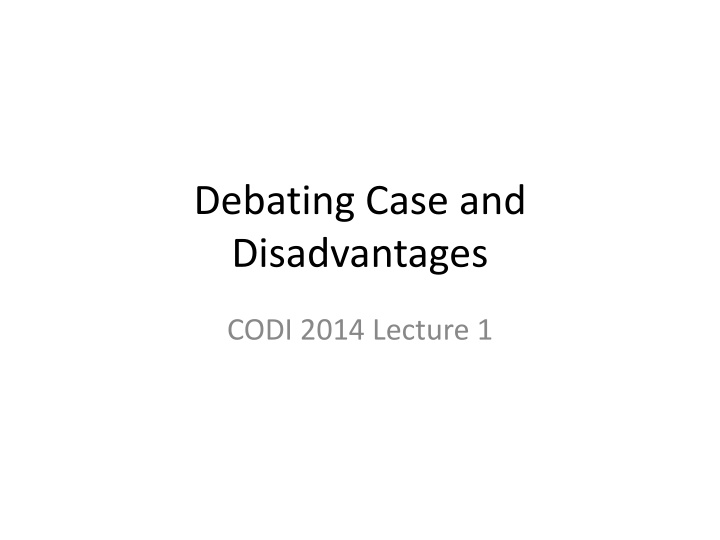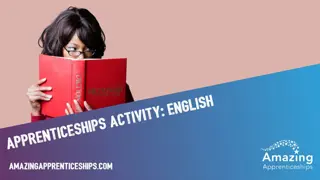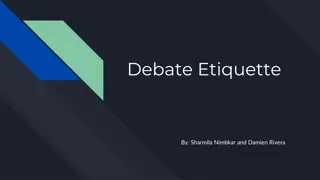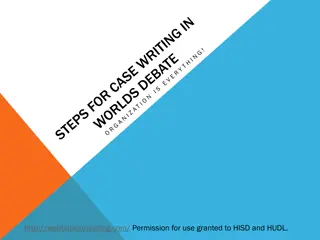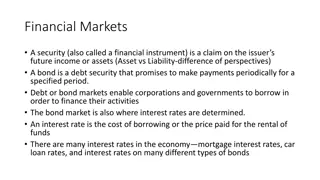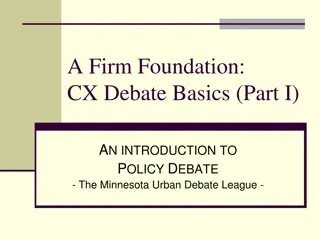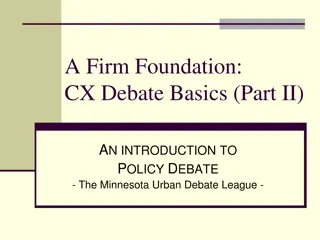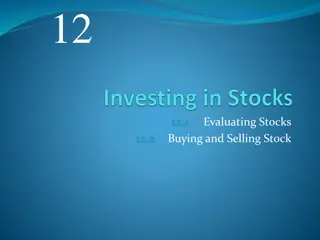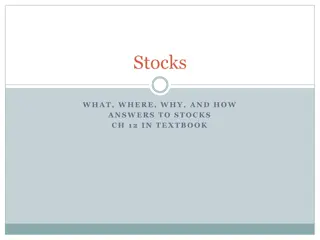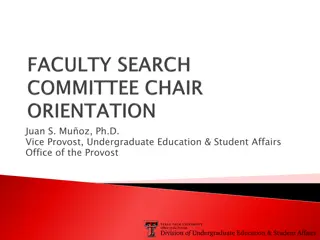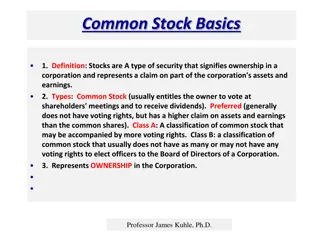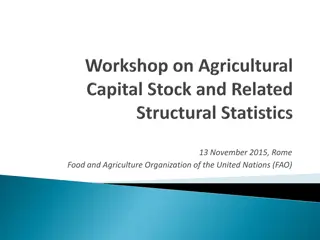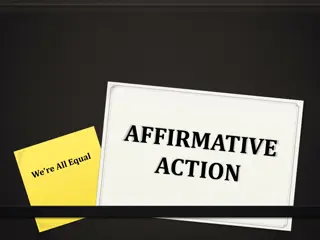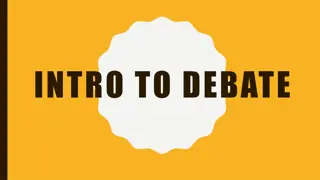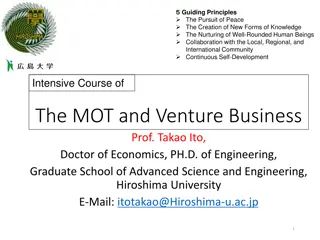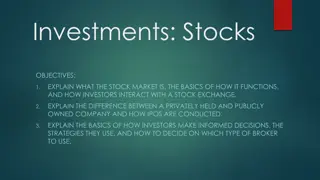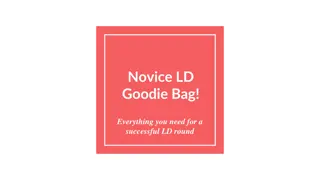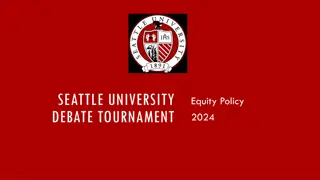Basics of Policy Affirmative Case in Debate: Stock Issues and More
Gain insights on Significance, Harms, Inherency, and Topicality in policy debate. Understand the impacts, examples, and current policy challenges associated with affirmative cases.
Download Presentation

Please find below an Image/Link to download the presentation.
The content on the website is provided AS IS for your information and personal use only. It may not be sold, licensed, or shared on other websites without obtaining consent from the author.If you encounter any issues during the download, it is possible that the publisher has removed the file from their server.
You are allowed to download the files provided on this website for personal or commercial use, subject to the condition that they are used lawfully. All files are the property of their respective owners.
The content on the website is provided AS IS for your information and personal use only. It may not be sold, licensed, or shared on other websites without obtaining consent from the author.
E N D
Presentation Transcript
Debating Case and Disadvantages CODI 2014 Lecture 1
Basics of a Policy Affirmative Case Stock Issues Significance Harms Inherency Topicality Solvency
Significance and Harms How big is the problem? How bad will things be if we don t do anything about it? Better understood as the affirmative advantage area
Significance and Harms Overfishing Example The Advantage is preventing ocean ecosystem collapse From the file: The current framework drives fish farms to other countries and guarantees a Malthusian collapse Freeza 2012 Starvation kills billions We have a moral obligation to act Andre 92
Significance and Harms You will also here people refer to this as the impact What is the impact of the advantage? In debate, to determine if a plan is desirable we weigh the impacts of the affirmative against the impacts of the negative positions Impacts are weighed in three dimensions: Magnitude, probability, timeframe
Significance and Harms Examples from the Wind Aff Probability: The best and most recent study has found that warming is anthropogenic with absolute certainty Timeframe: We re at the tipping point of runaway warming- must act now to prevent the worst impacts Magnitude: Warming is an existential threat
Inherency What is wrong with the current policies Why the affirmative plan is not being done Examples: Current federal policy impedes offshore aquaculture ensures the US is dependent on unsustainable sources Current offshore wind policy lacks stability, deterring investors
Topicality Is the Plan an example of the resolution Most affirmatives offer a concise plan of action. It is a short description of what the affirmative team advocates to fix the problems they have outlined earlier. Plan: The United States federal government should pass the National Sustainable Offshore Aquaculture Act. Thus the plan: The United States Federal Government should substantially increase federal tax credits and loan guarantees for offshore wind projects.
Solvency How does the plan solve the problems outlined in the advantages The plan sends a signal that increases commercialization of off-shore aquacultures, transitioning away from worst forms of fishing Cates 2010 Incentives are key to launch sustainable offshore wind- industry experts agree Environment America 2012
So Why do We have Stock Issues It is what is necessary to provide a prima facie case If one is missing the argument is incomplete- why would we pass a new aquaculture law if there is not a problem? All types of arguments have stock issues
What Debates are mostly about Do the advantages of the affirmative proposal outweigh the potential disadvantages How big of an impact do the advantages have and how likely is it the aff will solve.
Offense vs. Defense A key part of debate is understanding the difference between offensive and defensive argument Defensive- their argument is not as true as they claim Offensive- The opposite of what they claim is true and/or there is a better way to understand a relationship
Defensive Examples Global warming is not real Wars will not happen Their card does not say that Their evidence is old Most defensive arguments by themselves amount to the claim made by the other team is not as true as they would like it to be
Offensive arguments The plan makes things worse (solvency turn or disadvantage) They said global warming is bad, it is really a good thing They said the plan was unpopular, it is really popular Most offensive arguments are labelled as turns
Disadvantages The core of negative offense They are off case positions
Disadvantages The negative consequences of doing the plan Are off case positions because it is likely in an area the affirmative has not brought up For example- vs the fisheries aff we have the NOAA tradeoff DA
Parts of a DA Links- the most important
Links Two types- plan action and solvency action The first step in a chain of events i.e. it costs money to set up fisheries management That money has to come from somewhere- oh yeah it will come from weather forecasting satellites
Uniqueness Every thing is OK now For the Aff UQ is things are getting worse We have plenty of money for NOAA Weather Satellites Now
Impacts Just like the affirmative impacts Magnitude, probability, timeframe Decline of readiness guarantees China, Russia, and North Korea lash out causing escalation and global war Olsen 14
Answering Case Advantages and Disadvantages Have a mix of offense and defense One answer will not win you a round
Have diversity in your answers Turn Uniqueness Link Impact Probability
